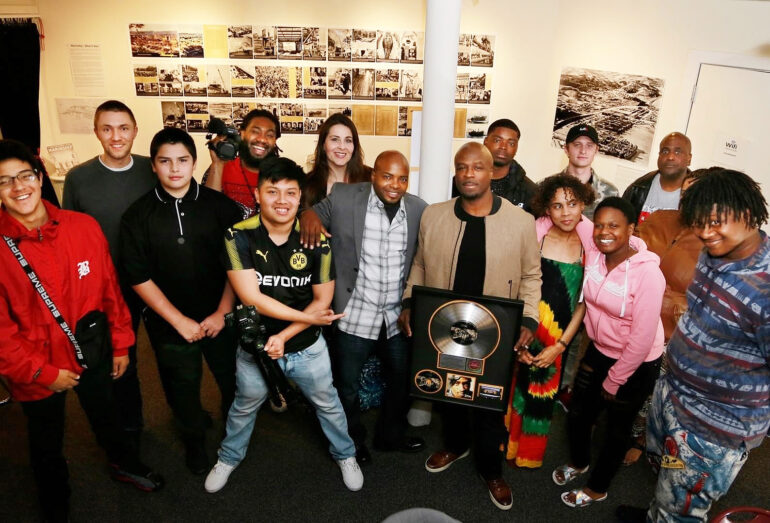As an adolescent growing up in Marin City, John Wallace felt alienated and alone, leading him down a path of substance abuse, gang life and eventually, jail. While incarcerated, Wallace decided it was time to turn his life around. Now as the founder and CEO of the nonprofit Surviving the Odds Project (STOP), he gives back to the community he was once part of — Marin County’s under-served, at-risk youth — teaching them to turn angst into art by writing and recording songs that reflect their experiences. Here, Wallace shares his journey.

Can you tell us about your background and where you grew up?
I was 8 years old when my family moved to Marin City from Louisiana to take care of my sick grandmother. It was a huge transition, and me and my seven siblings were held back a grade. I went to Tamalpais High School and then Redwood High School, until I got kicked out of school and went to Marin’s Community School. I became an at-risk youth at a young age, and I rebelled against the community and my parents. They loved me so much, but they were angry with the poor choices I made, like hanging out with gang members. My father told me that I probably wouldn’t live until I was 22 years old. I started blaming the judges for locking me up, and I started blaming society. I blamed my mom for bringing me into this world as an African-American man. I felt alienated in my own skin. Years went by, and I landed in the Marin County Jail more than 19 times for disorderly conduct. Eventually, I went to San Quentin State Prison, where I served two terms.
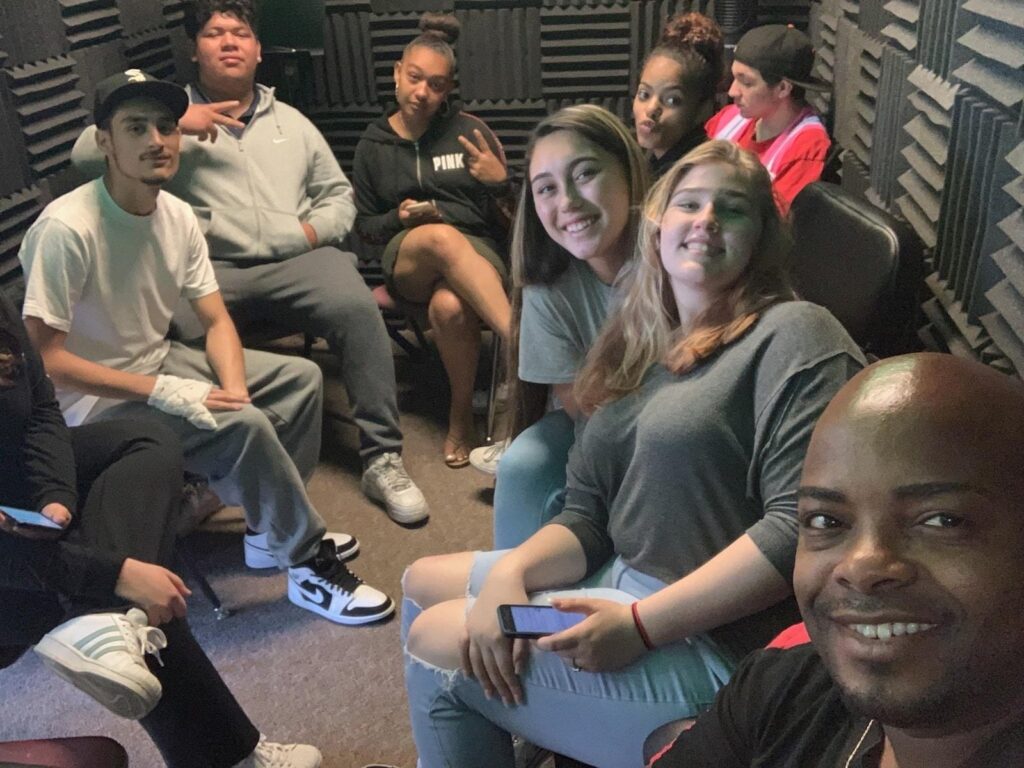
How did you turn your life around amidst all of the challenges?
While I was in prison, I had an awakening. I would see little kids go by on the ferries right in front of San Quentin holding up signs for their fathers. It did something to my heart, and I said to myself that I never want to feel this way again. I started writing from that day forward.
I wrote more than 75 songs when I was in my cell in San Quentin, got my GED and got into recovery. When I got out, I attended four different colleges. From there, it gave me a sense of hope in the community that I could do things differently, and that I could correct the wrongs I was responsible for. I started a music career and have released more than eight albums already under the artist name Freedom.

What inspired you to start working with at-risk youth in Marin County?
In 2017, Cesar Legleva from the Marin Health and Human Services Workforce Education and Training (WET) program told me, “If you come up with a program to help youth, I’ll help you get it started.” He asked me to perform at a march in San Rafael raising awareness for issues like immigrant rights, racial injustices and religious freedom, and I experienced such an overwhelming feeling of love and acceptance from the crowd. It gave me the sense that I could do anything I put my mind to.
I knew what healing through music felt like in prison, so I wanted to design a video production music therapy program for youth in Marin City. I applied for a Marin Health & Human Services Transitional Age Youth Innovation County Grant under CA Prop 63, and it was awarded in August 2017. Our first program for marginalized youth in Marin County launched in 2018. We received official 501(c) (3) status in March of 2019, funded by the Marin Community Foundation’s Teaching in and Through the Arts Grant. We built our first professional live recording studio on the Marin Oaks High School campus in March of 2019, where where I run the music-enrichment program. We use that studio for STOP as well.

What’s your mission for the Surviving the Odds Program?
The objective of STOP is to inspire Marin County’s at-risk youth to write and record songs about their experiences to help them heal. Cofounder and Executive Director Melissa Greene and I want to empower the kids to prevent them from falling into substance abuse and the type of self-injurious behaviors that I experienced, and to keep them out of the criminal justice system. I want these kids to know there’s someone in the community who understands where they’ve been.
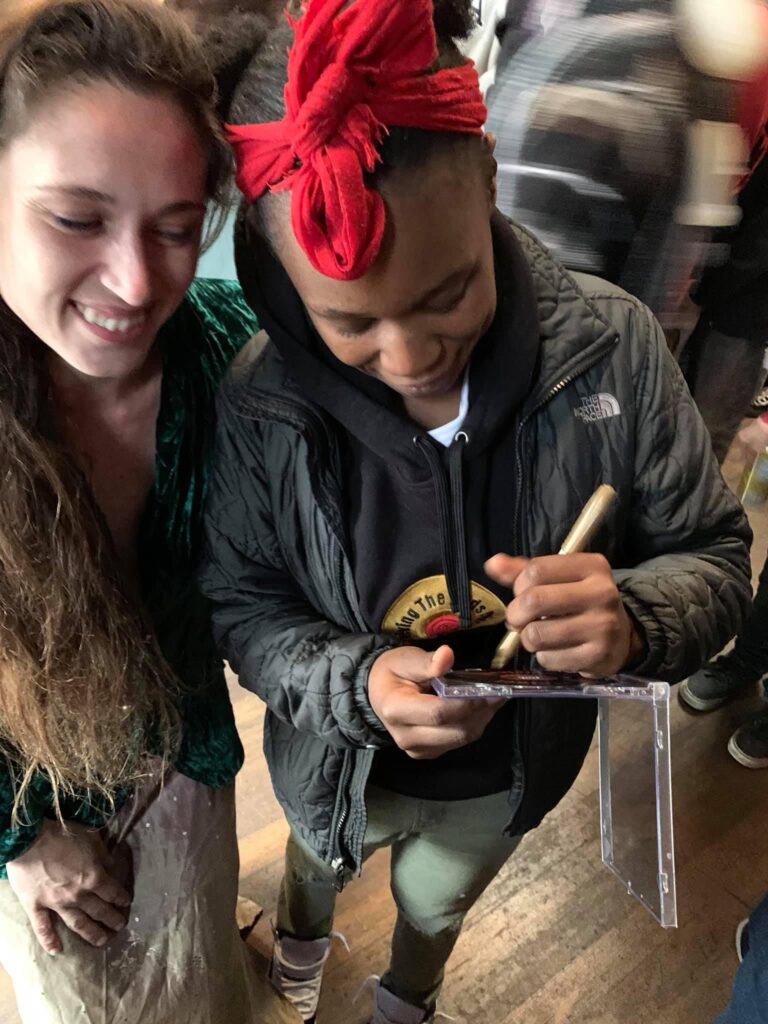
Tell us about the STOP curriculum.
STOP is an eight-week quarterly music program that meets twice a week. We work with at-risk youth who are between 13 and 26 years old, and it’s free for the participants to join. There are five phases to the program. In the songwriting phase, we teach the kids lyric composition — how to write songs. We strongly discourage profanity in the songs, and prohibit lyrics that glorify gang violence, degrading women or substance abuse. We’re not trying to change the kids; we’re trying to change their way of thinking. In the second phase, they learn how to record in a professional studio. Once their songs are mixed and mastered, we move on to the third phase: video production. They’re taught how to storyboard and pick out scenes for their music videos, and then we edit their music videos. In the fourth stage, the participants are trained on the essential aspects of public performance, including stage presence.
At the end of the program, stage five, we have a graduation and a public performance, and we play the music videos, which are then published on STOP’s YouTube channel. Then I usually surprise them with a limo ride into San Francisco for a photo shoot. Each kid also gets CDs of the compilation album with all of their music on it. We’ve graduated about 35 kids from our program so far.
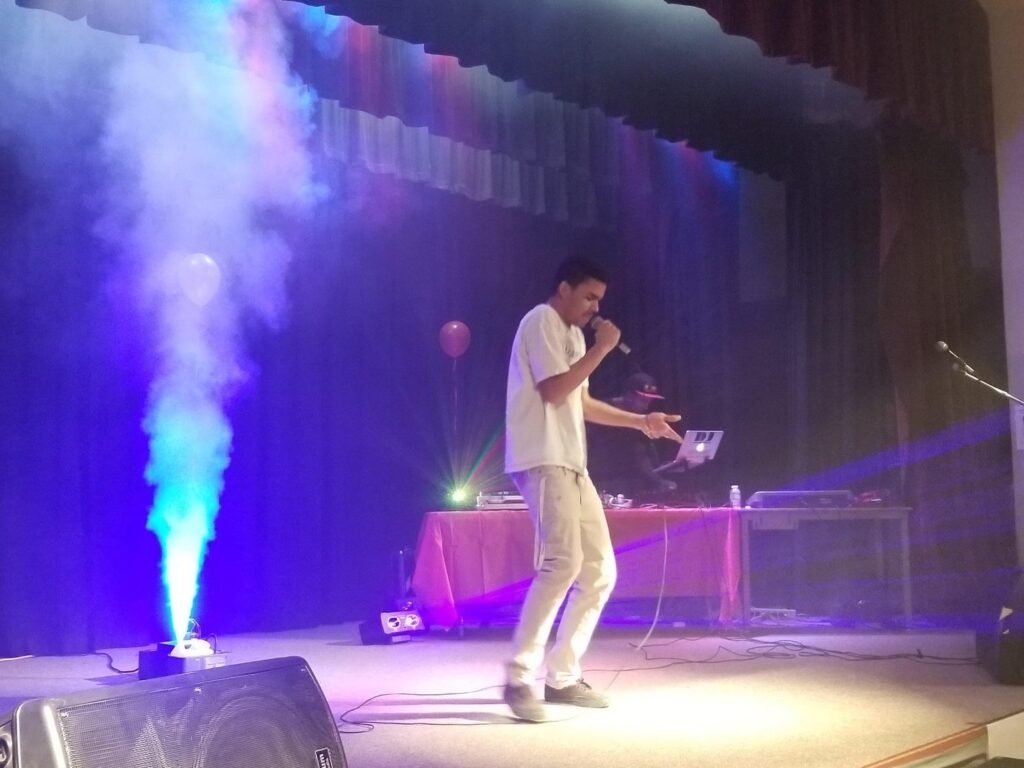
How can community members get involved and help?
We have several program sponsors, but we’re actively looking for funding right now to keep the program going. People can donate on the website: stoproject.org. Community members can also volunteer their time to help with things like workshops. What’s come out of this is so beautiful, and these kids are excited about it. We want to keep it going as long as we can.
More from Better:
- Headlands Center for the Arts’ Auction Exceeds Fundraising Goal to Support Local Artists
- Bloom Marin’s Fundraiser Benefits Those Seeking Self-Reliance
- MarinMOCA’s Altered Book Exhibit and Fundraiser Supports Local Artists
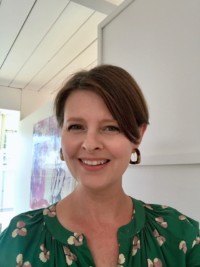
Lotus Abrams has covered everything from beauty to business to tech in her editorial career, but it might be writing about her native Bay Area that inspires her most. She lives with her husband and two daughters in the San Francisco Peninsula, where they enjoy spending time outdoors at the area’s many open spaces protected and preserved by her favorite local nonprofit, the Peninsula Open Space Trust.
